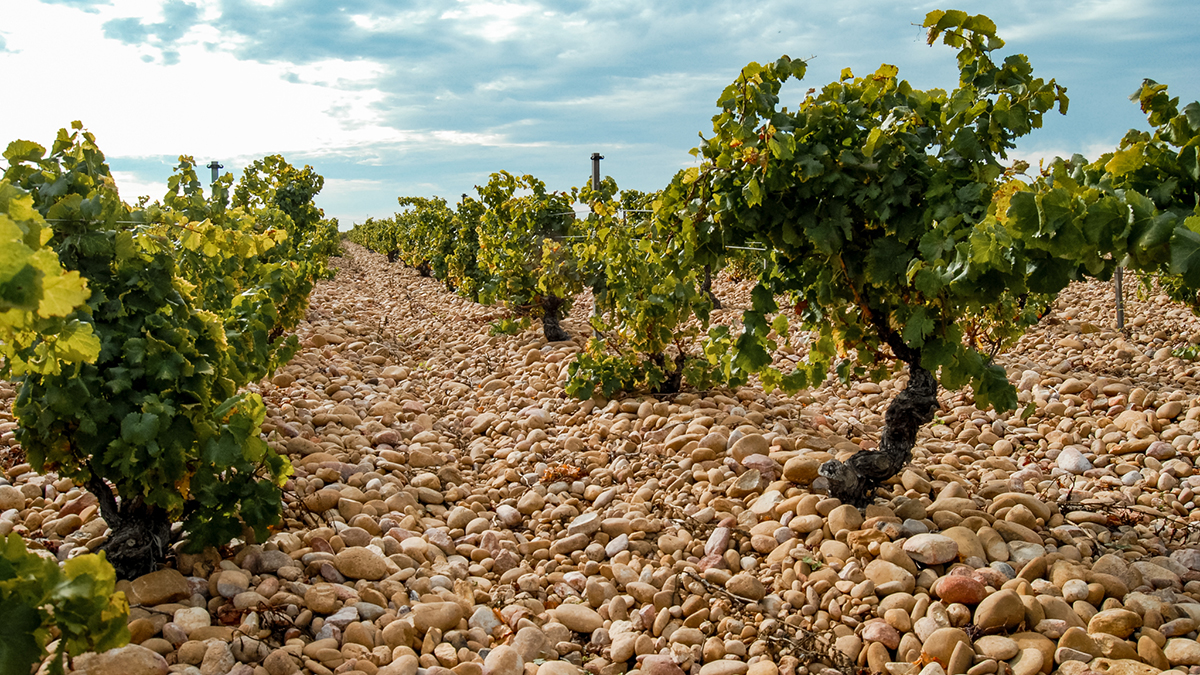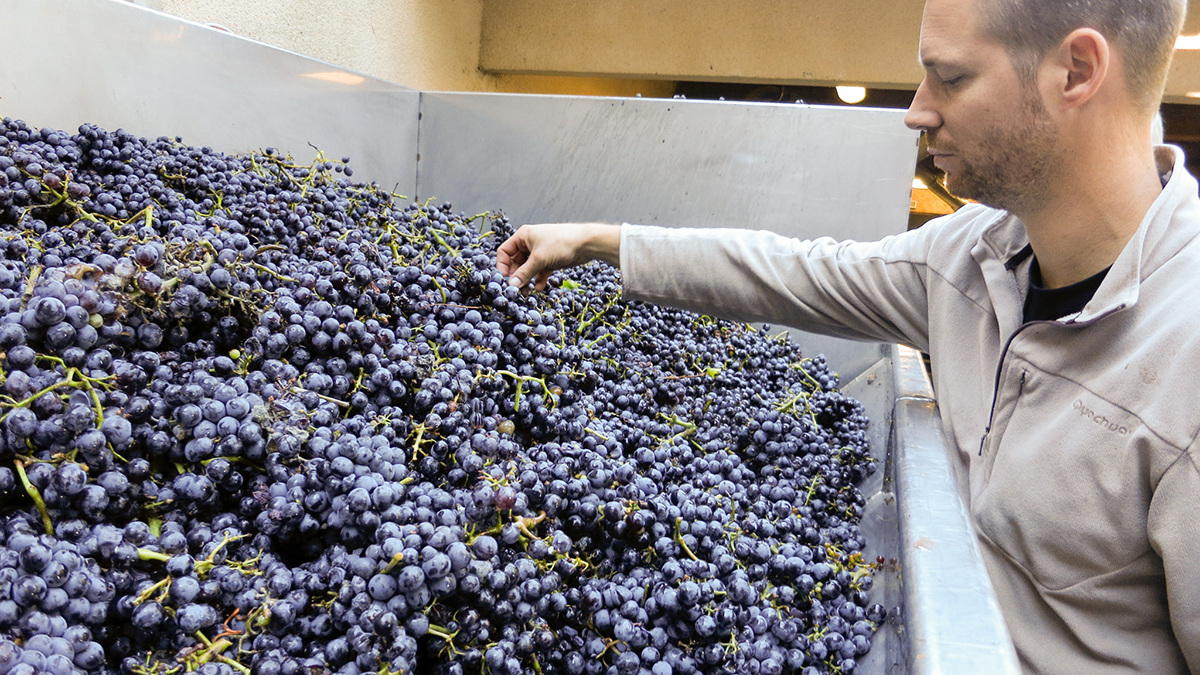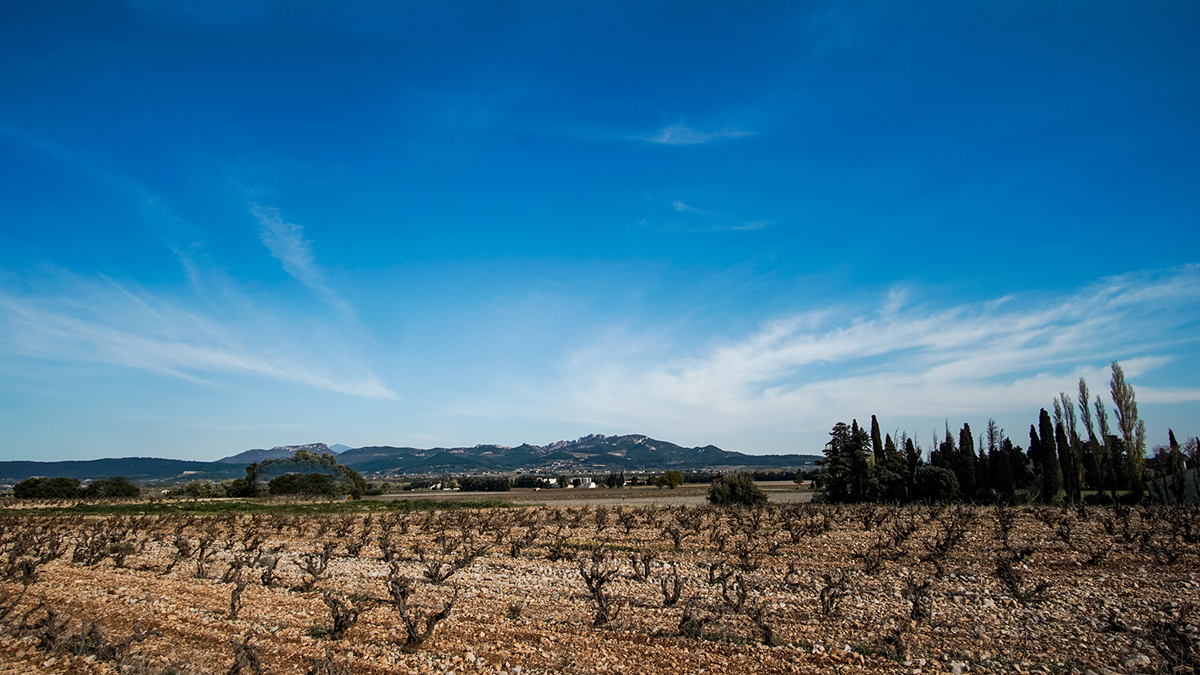
Varietal Profile: Grenache
April 21, 2021
Whether or not you know it, you’ve likely drunk a wine made with Grenache. It’s a high-yielding, drought resistant-varietal, meaning it’s often the primary grape in entry-level Côtes du Rhône wines. Second only to Merlot in acreage planted across France, Grenache reaches its highest form as the majority component in Châteauneuf-du-Pape.
In the glass, Grenache embodies lushness. It’s classically full of flavor and roundness, showing ripe, spiced aromatics, and a gentle, low-acid smoothness. It’s capable of subtlety, but more often is a warm, cozy, hug of a wine. As Master of Wine Tim Atkin once wrote, “If it’s not ripe, verging on the over-ripe at times, then it isn’t really Grenache. For bashful and retiring, go elsewhere.”

Viticulture Characteristics
Grenache thrives in hot climates, particularly the south of France and its native Spain. The vine has a very long growing cycle — budding early and ripens late — and so is prone to high alcohol levels. Particularly in warm recent summers (see article on Climate Change), winemakers have struggled to control the sugars in the grapes (and therefore the alcohol in the wine), as they wait for the skins to ripen fully.
For several reasons, most winemakers blend Grenache with other grapes in the final wine. First, Grenache grapes have thin skins and light pigment which generally produce low-tannin juice — growers typically blend in more tannic varietals (syrah, mourvèdre) to balance the wine. The lack of phenolic compounds (ie tannins) also makes the wine make it prone to oxidation — the addition of other grapes like syrah, mourvèdre that tend more towards reduction (opposite of oxidation) also help achieve balance. Earlier ripening grape varietals also bring lower alcohol levels to average down the final product.
Grenache plants are generally hearty, and can easily live over a century (see article on Vine Age). Winemakers often choose to allow their Grenache vines to grow into old as their naturally high yields diminish less than other varietals. The vines typically grow in goblet or bush form, rather than being trained to wires or trellises, and can be vigorously pruned.

Taste
Because it’s typically blended with other grapes, the unique characteristics of Grenache can be hard to pin down. But common tasting notes include a sweet-fruited jamminess and notes of spice. The fruit notes are typically very ripe, such as strawberry, blackberry and plum, and often take on a candied, fruit-roll-up quality. Spice notes range from lavender and thyme to cinnamon and licorice. As the Grenache ages it often adds notes of leather, chocolate and coffee.
Ansonia Producers
Grenache makes up the majority of several wines from the Ansonia portfolio. For rugged, old school organic elegance, try the Châteauneuf-du-Papes of Jacqueline André and the neighboring Rhône blends of Clos du Joncuas. For a more modern take, try the Châteauneuf-du-Papes of Christophe Mestre or Segurets of Domaine Malmont. And for everyday examples, try Coulange, Goubert, and Souverain.
TW
